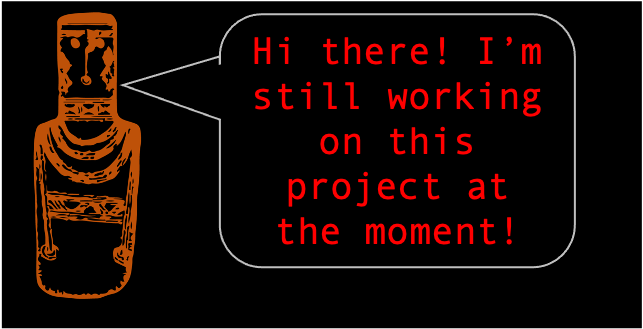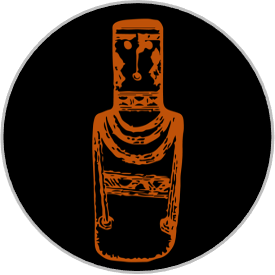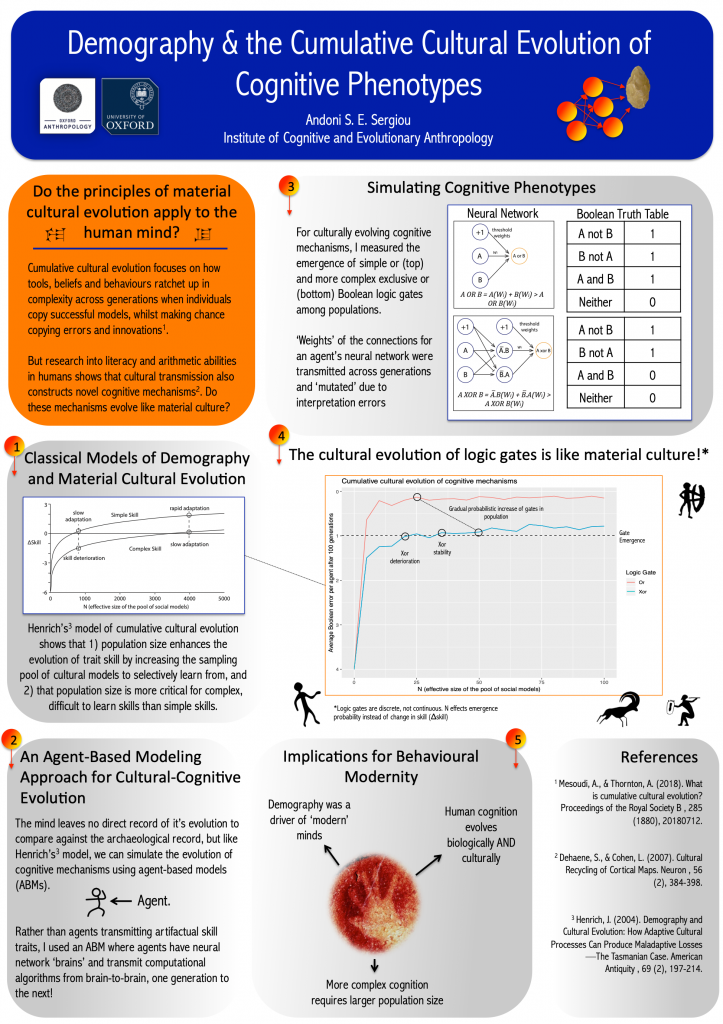
A Question Unanswered: Going Beyond Population Size
Many of our species’ cognitive skills, like reading and writing, are thought to have evolved culturally rather than biologically. During my masters thesis (see poster on the left, click to enlarge), I attempted to investigate whether cognitive processing strategies can indeed undergo cumulative cultural evolution in a similar manner to the material forms of culture often studied by archaeologists and anthropologists.
By simulating culture in populations of artificial neural networks, I discovered that cognitive and material cultural traits can evolve in very similar ways; with larger population sizes supporting both complex material technologies and computational processing abilities. Moreover, this accumulated cultural information tended to decline and become lost during periods of population size collapse. Such results may explain the arrival of complex symbolic culture (think cave art), which arose with an inconsistent waxing and waning pattern during the Late Middle to Upper Palaeolithic.
A serious constraint with interpreting my models, however, was that they neglected the matter of our species’ sophisticated multi-level social network structure. Whether in hunter-gatherer or post-industrial societies, humans form units of social interaction at multiple levels from families to unrelated communities. Whilst early mathematical models and computer simulations deemed large population size to be the key to rapid cumulative cultural evolution (just like my own results), the latest models and lab experiments have stressed that intermediate levels of social network connectivity for a given population size promote cultural diversity and the adaptive recombination of cultural traits. The intermediate levels of social connectivity emphasised in these recent models are curiously a lot like what has been found with human brain architecture, where intermediate connectivity between clusters of neurons (modules) enables the brain to process many different computations in parallel and then parse them together to solve complex problems like vision and language.
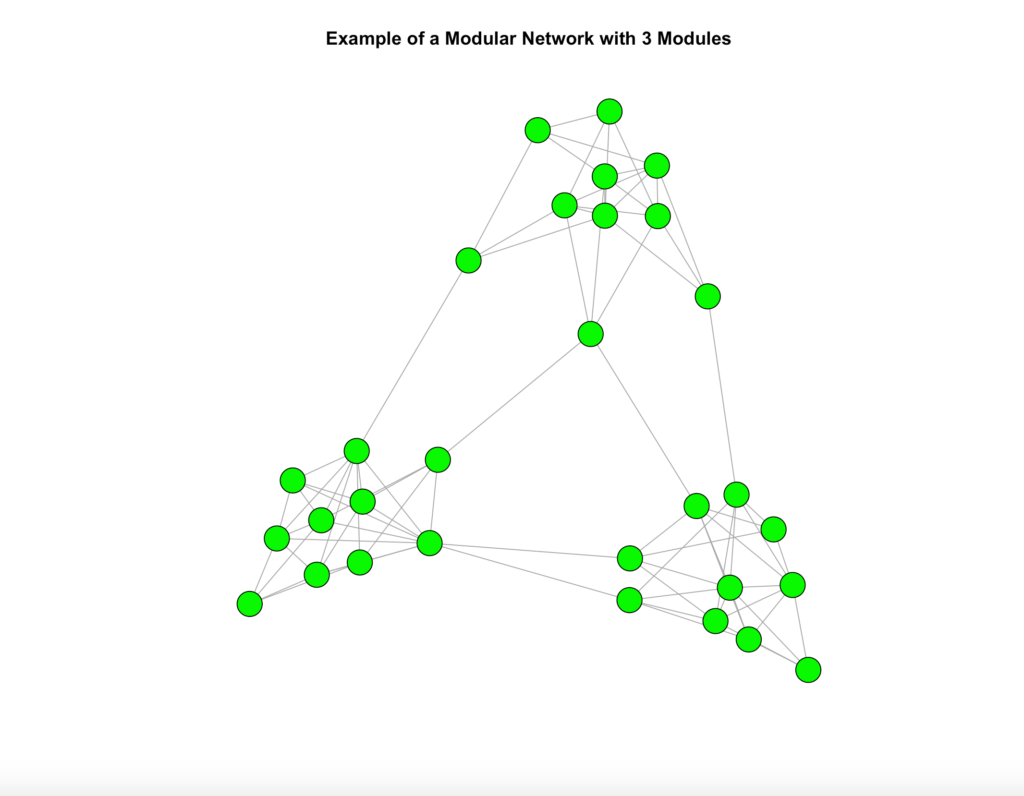
The term ‘collective brain’ has already been used to describe how entire societies operate to produce and combine innovations. However, by investigating parallels in both modular structure and function between individual brains and populations, I aim to key in on whether social networks really do operate like collective brains. For example, I am interested in whether, like the brain’s networks, human social networks adapt plastically to solve different adaptive problems like inventing hunting technology, developing cultural institutions, or discovering environmental knowledge.
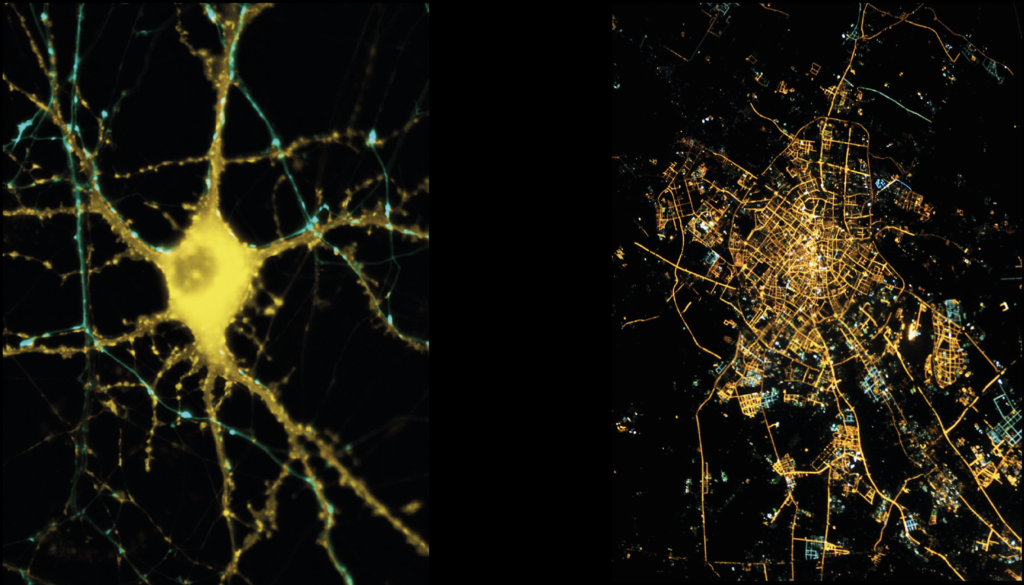
If you would like to simulate the population size effect on cumulative cultural evolution on your own computer, feel free to check out this tutorial model that I developed in R.
